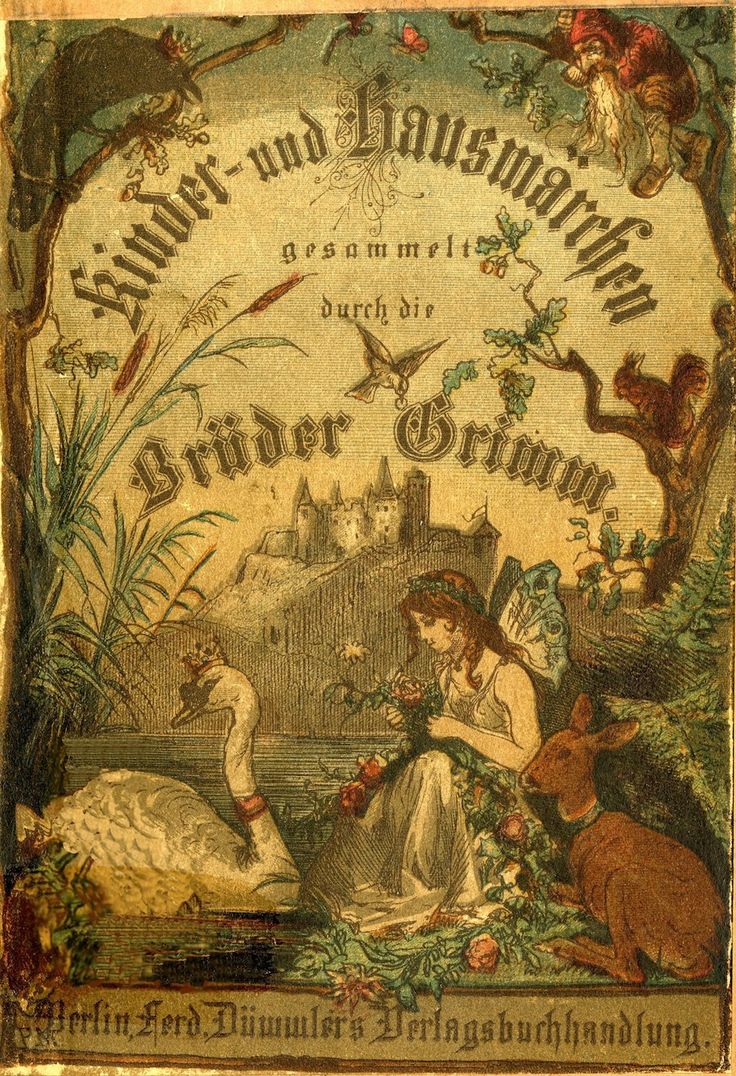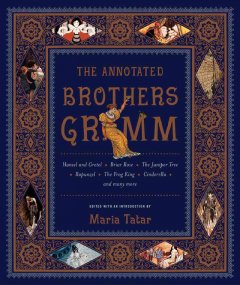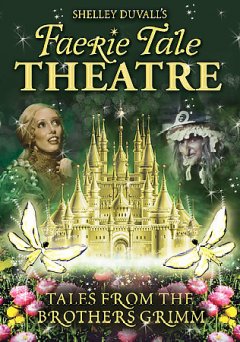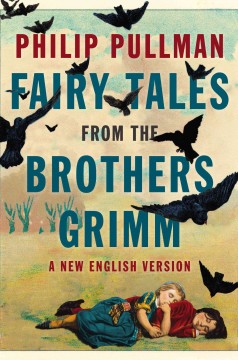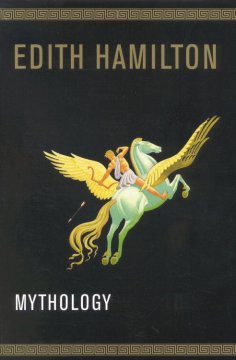And a very happy Free For All birthday today to Charles Perrault, French author, and one of the founders of the fairy tale genre.

If you’ve ever read Cinderella, Puss In Boots, or Little Red Riding Hood, you’re familiar with Perrault’s work. Born on this day in 1628 to a wealthy family, he trained as a lawyer, and began his career in government service, where he took part in the creation of the Academy of Sciences as well as the restoration of the Academy of Painting. His career was quite the successful one: he was able to get his brother employed as a designer on the Louvre Museum, he convinced King Louis XIV to include thirty-nine fountains each representing one of the fables of Aesop in the labyrinth of Versailles in the gardens of Versailles, and gained a reputation as a writer, as well. However, after being forced into retirement and unable to find other long-term employment, Perrault decided to dedicate himself to his children, publishing stories that he told and collected for them. In 1697 he published Tales and Stories of the Past with Morals(Histoires ou Contes du Temps passé), subtitled Tales of Mother Goose (Les Contes de ma Mère l’Oye). Mother Goose herself was not a real person, by the by, but instead was a kind of a wise woman of folklore who was known for dispensing homespun wisdom. These tales which were all based on French popular tradition, became extremely popular in among Perrault’s former colleagues in the French court, and the book’s publication made him suddenly quite famous. Although Perrault is often credited as the founder of the modern fairy tale genre, his writing was both informed and inspired by writers and storytellers like Le Jumel de Barneville, Baroness d’Aulnoy, who coined the phrase “fairy tale” and wrote tales as early as 1690.
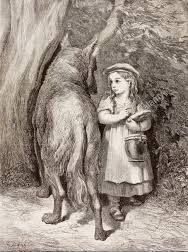 Although many of Perrault’s tales, like Cinderella and Puss In Boots remain generally the way he wrote them, a number of them were changed through re-telling. For example, his Sleeping Beauty also exists as Little Briar Rose, which was a story collected by the Grimm Brothers a century later. Additionally, his Little Red Riding Hood ended quite grimly, with Red getting eaten. The story was meant as a warning for girls not only about the danger of the forest, but of the “wolves” (read: men) who might prey upon them as they attempted to make their way through that forest. Though Charles Perrault died in Paris in 1703 at the age of 75, his stories live on today is countless adaptations, re-tellings, and in myriad versions through the years.
Although many of Perrault’s tales, like Cinderella and Puss In Boots remain generally the way he wrote them, a number of them were changed through re-telling. For example, his Sleeping Beauty also exists as Little Briar Rose, which was a story collected by the Grimm Brothers a century later. Additionally, his Little Red Riding Hood ended quite grimly, with Red getting eaten. The story was meant as a warning for girls not only about the danger of the forest, but of the “wolves” (read: men) who might prey upon them as they attempted to make their way through that forest. Though Charles Perrault died in Paris in 1703 at the age of 75, his stories live on today is countless adaptations, re-tellings, and in myriad versions through the years.
If you’d like to read more of Perrault’s stories, stop on by the Library! Also, here are some of the new books that have wandered on to our shelves this week, and are eager to make your acquaintance:

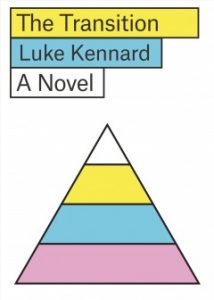 The Transition: Luke Kennard’s first novel is a wickedly funny, elegant little dystopian novel that skewers everything from capitalism to dating with such skill and flair as to make even the darkest moments irresistible. Set in Britain several years from now, the book focuses on Karl and Genevieve, a couple whose spending always seems greater than their earnings, and who are toeing the line of financial ruin. When they trip over that line, however, Genevieve and Karl aren’t sent to prison, but to The Transition: a six‑month break from their normal lives, during which they will live with an older, more successful couple, and learn from them about all that boring adult stuff like financial planning , proper hygiene, and, with their help. save up enough money to buy a rabbit hutch on the bad side of town. But even as Genevieve falls under the spell of The Transition, Karl can’t help but notice that somethings just don’t seem right. Who left those scratched warnings on the bedpost, for example? And what happens to those who are “B-streamed”? And just what is going on in the basement? Publisher’s Weekly loved this book enough to give it a starred (and boxed!) review, describing it as a “sharp, witty debut . . . Enlivened by crisp dialogue and Wildean epigrams… Kennard calibrates satire and sentiment, puncturing glib diagnoses of a generation’s shortcomings while producing a nuanced portrait of a marriage.”
The Transition: Luke Kennard’s first novel is a wickedly funny, elegant little dystopian novel that skewers everything from capitalism to dating with such skill and flair as to make even the darkest moments irresistible. Set in Britain several years from now, the book focuses on Karl and Genevieve, a couple whose spending always seems greater than their earnings, and who are toeing the line of financial ruin. When they trip over that line, however, Genevieve and Karl aren’t sent to prison, but to The Transition: a six‑month break from their normal lives, during which they will live with an older, more successful couple, and learn from them about all that boring adult stuff like financial planning , proper hygiene, and, with their help. save up enough money to buy a rabbit hutch on the bad side of town. But even as Genevieve falls under the spell of The Transition, Karl can’t help but notice that somethings just don’t seem right. Who left those scratched warnings on the bedpost, for example? And what happens to those who are “B-streamed”? And just what is going on in the basement? Publisher’s Weekly loved this book enough to give it a starred (and boxed!) review, describing it as a “sharp, witty debut . . . Enlivened by crisp dialogue and Wildean epigrams… Kennard calibrates satire and sentiment, puncturing glib diagnoses of a generation’s shortcomings while producing a nuanced portrait of a marriage.”
 The Widows of Malabar Hill: Inspired in part by Cornelia Sorabji, India’s first female attorney, this is a beautifully written mystery that captures the multicultural setting 1920’s Bombay beautifully, and gives readers a fantastic new feminist sleuth to follow. Perveen Mistry, the daughter of a respected Zoroastrian family, has just joined her father’s law firm, becoming one of the first female lawyers in India. Armed with a legal education from Oxford, Perveen also has a tragic personal history that makes women’s legal rights especially important to her. When she is appointed to execute the will of Mr. Omar Farid, a wealthy Muslim mill owner who has left three widows, Perveen notices something strange: all three of the wives have signed over their full inheritance to a charity, leaving them nothing on which to survive. Are these secluded women being taken advantage of by an unscrupulous guardian? As Perveen tries to investigate, tensions escalate to murder. Now it is her responsibility to figure out what really happened on Malabar Hill, and to ensure that no innocent women or children are in further danger. Perveen’s first case has been hailed as a ‘best of’ by a number of literary magazines and websites, with Booklist giving it a starred review, and saying “In addition to getting an unusual perspective on women’s rights and relationships, readers are treated to a full view of historical downtown Bombay—the shops and offices, the docks and old fort, and the huge variety of conveyances, characters, and religions—in an unforgettable olio that provides the perfect backdrop to the plot and subplots. Each of the many characters is uniquely described, flaws and all, which is the key to understanding their surprising roles in the well-constructed puzzle.”
The Widows of Malabar Hill: Inspired in part by Cornelia Sorabji, India’s first female attorney, this is a beautifully written mystery that captures the multicultural setting 1920’s Bombay beautifully, and gives readers a fantastic new feminist sleuth to follow. Perveen Mistry, the daughter of a respected Zoroastrian family, has just joined her father’s law firm, becoming one of the first female lawyers in India. Armed with a legal education from Oxford, Perveen also has a tragic personal history that makes women’s legal rights especially important to her. When she is appointed to execute the will of Mr. Omar Farid, a wealthy Muslim mill owner who has left three widows, Perveen notices something strange: all three of the wives have signed over their full inheritance to a charity, leaving them nothing on which to survive. Are these secluded women being taken advantage of by an unscrupulous guardian? As Perveen tries to investigate, tensions escalate to murder. Now it is her responsibility to figure out what really happened on Malabar Hill, and to ensure that no innocent women or children are in further danger. Perveen’s first case has been hailed as a ‘best of’ by a number of literary magazines and websites, with Booklist giving it a starred review, and saying “In addition to getting an unusual perspective on women’s rights and relationships, readers are treated to a full view of historical downtown Bombay—the shops and offices, the docks and old fort, and the huge variety of conveyances, characters, and religions—in an unforgettable olio that provides the perfect backdrop to the plot and subplots. Each of the many characters is uniquely described, flaws and all, which is the key to understanding their surprising roles in the well-constructed puzzle.”
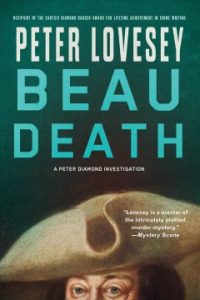 Beau Death: Anyone whose read any of Peter Lovesey’s mysteries featuring Bath detective Peter Diamond will know that these books very seldom disappoint, and this new installment is a corking good historical mystery that will keep new and old fans alike riveted. A wrecking crew is demolishing a row of townhouses in order to build a grocery store when they uncover a skeleton in one of the attics. The dead man is wearing authentic 1760s garb and on the floor next to it is a white tricorn hat—the ostentatious signature accessory of Beau Nash, one of Bath’s most famous historical men-about-town, a fashion icon and incurable rake who, some say, ended up in a pauper’s grave. Or did the Beau actually end up in a townhouse attic? The Beau Nash Society will be all in a tizzy when the truth is revealed to them. Chief Inspector Peter Diamond, who has been assigned to identify the remains, begins to fantasize about turning Nash scholarship on its ear. But one of his constables is stubbornly insisting the corpse can’t be Nash’s—the non-believer threatens to spoil Diamond’s favorite theory, especially when he offers some pretty irrefutable evidence. Is Diamond on a historical goose chase? Should he actually be investigating a much more modern murder? Lovesey’s sense of place and his ability to capture characters effortlessly make each of these mysteries a delight, and he gets to put his talents to extra-good use here, comparing present-day Bath with the hedonistic fun-fair of Beau Nash’s time. Kirkus Reviews gave this case a starred review, delighting in the way “Lovesey moves from one dexterously nested puzzle to the next with all the confidence of a magician who knows the audience won’t see through his deceptions no matter how slowly he unveils them.”
Beau Death: Anyone whose read any of Peter Lovesey’s mysteries featuring Bath detective Peter Diamond will know that these books very seldom disappoint, and this new installment is a corking good historical mystery that will keep new and old fans alike riveted. A wrecking crew is demolishing a row of townhouses in order to build a grocery store when they uncover a skeleton in one of the attics. The dead man is wearing authentic 1760s garb and on the floor next to it is a white tricorn hat—the ostentatious signature accessory of Beau Nash, one of Bath’s most famous historical men-about-town, a fashion icon and incurable rake who, some say, ended up in a pauper’s grave. Or did the Beau actually end up in a townhouse attic? The Beau Nash Society will be all in a tizzy when the truth is revealed to them. Chief Inspector Peter Diamond, who has been assigned to identify the remains, begins to fantasize about turning Nash scholarship on its ear. But one of his constables is stubbornly insisting the corpse can’t be Nash’s—the non-believer threatens to spoil Diamond’s favorite theory, especially when he offers some pretty irrefutable evidence. Is Diamond on a historical goose chase? Should he actually be investigating a much more modern murder? Lovesey’s sense of place and his ability to capture characters effortlessly make each of these mysteries a delight, and he gets to put his talents to extra-good use here, comparing present-day Bath with the hedonistic fun-fair of Beau Nash’s time. Kirkus Reviews gave this case a starred review, delighting in the way “Lovesey moves from one dexterously nested puzzle to the next with all the confidence of a magician who knows the audience won’t see through his deceptions no matter how slowly he unveils them.”
 Roomies: There are very few sure bets in this world, but a book by the writing team known as Christina Lauren is definitely one of them. This delightful, snarky, steamy marriage-of-convenience romance is a treat, and Lauren’s ability to create emotional honesty and chemistry between protagonists just can’t be beat. For months Holland Bakker has invented excuses to descend into the subway station near her apartment, drawn to the captivating music performed by her street musician crush. Lacking the nerve to actually talk to the gorgeous stranger, fate steps in one night in the form of a drunken attacker. Calvin Mcloughlin rescues her, but quickly disappears when the police start asking questions. Using the only resource she has to pay the brilliant musician back, Holland gets Calvin an audition with her uncle, Broadway’s hottest musical director. When the tryout goes better than even Holland could have imagined, Calvin is set for a great entry into Broadway—until it comes to light that he’s in the country illegally, his student visa having expired years ago. Seeing that her uncle needs Calvin as much as Calvin needs him, Holland impulsively marries the Irishman, her infatuation a secret only to him. As their relationship evolves, however, and Calvin becomes the darling of Broadway, will Holland and Calvin to realize that they both stopped pretending a long time ago? Though the very real fears of immigration may be treated a bit lightly here, the heart of this story is the terrific relationship between Holland and Calvin, and the way it brings out the best in both of them. Entertainment Weekly agrees, noting, “Lauren masters rom-com banter and plotting, while also reminding us that the best entries in the genre are all about recognizing our own value regardless of relationship status. One of our 10 best romances of 2017.”
Roomies: There are very few sure bets in this world, but a book by the writing team known as Christina Lauren is definitely one of them. This delightful, snarky, steamy marriage-of-convenience romance is a treat, and Lauren’s ability to create emotional honesty and chemistry between protagonists just can’t be beat. For months Holland Bakker has invented excuses to descend into the subway station near her apartment, drawn to the captivating music performed by her street musician crush. Lacking the nerve to actually talk to the gorgeous stranger, fate steps in one night in the form of a drunken attacker. Calvin Mcloughlin rescues her, but quickly disappears when the police start asking questions. Using the only resource she has to pay the brilliant musician back, Holland gets Calvin an audition with her uncle, Broadway’s hottest musical director. When the tryout goes better than even Holland could have imagined, Calvin is set for a great entry into Broadway—until it comes to light that he’s in the country illegally, his student visa having expired years ago. Seeing that her uncle needs Calvin as much as Calvin needs him, Holland impulsively marries the Irishman, her infatuation a secret only to him. As their relationship evolves, however, and Calvin becomes the darling of Broadway, will Holland and Calvin to realize that they both stopped pretending a long time ago? Though the very real fears of immigration may be treated a bit lightly here, the heart of this story is the terrific relationship between Holland and Calvin, and the way it brings out the best in both of them. Entertainment Weekly agrees, noting, “Lauren masters rom-com banter and plotting, while also reminding us that the best entries in the genre are all about recognizing our own value regardless of relationship status. One of our 10 best romances of 2017.”
Meditation for Fidgety Skeptics: The title of this book alone is enough to attract attention, but Dan Harris backs it up with some simple, straightforward reasons for and approaches to meditation, based on his own experiences. After having a panic attack on air in 2004, Harris was eager for a way to reduce his anxiety and help him focus. This book is the result of that search, and of Harris’ cross-country quest to tackle the myths, misconceptions, and self-deceptions that stop people from meditating. Along with his friend, teacher and “Meditation MacGyver” Jeff Warren, Harris rented a former rock band’s tour bus and journeyed across eighteen states, talking to scores of would-be meditators—including parents, military cadets, police officers, and even a few celebrities–collecting their reasons for not meditating, and offering science-based ‘life hacks’ to help readers overcome them. This thoroughly unique, genre-defying book featuring Harris’ one-of-a-kind insightful, sarcastic, and highly readable narrative voice, as well as plenty of down-to-earth advice for anyone looking to make a small change for the better in the new year. Publisher’s Weekly helpfully notes that “Meditation newbies will particularly benefit from the topics covered: how to find time, how to sit, how to overcome self-judgment, and other FAQs about the powerful, life-changing practice the authors strive to unpack and promote in this clever guide.”
Until next week, beloved patrons–happy reading!

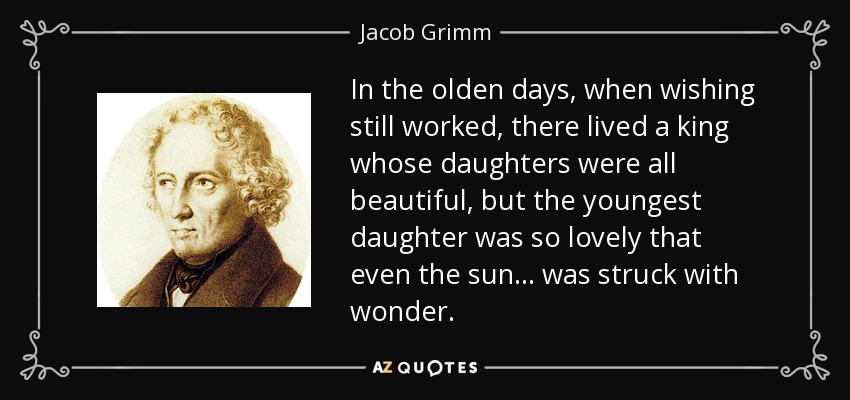
 He returned to Germany to be with his family, and, following his mother’s death in 1808, and was he was appointed superintendent of the private library of Jérôme Bonaparte, who had been placed in charge by his brother, Napoleon I. In this position, Jacob was responsible for traveling to Paris to demand the return of books that had been seized by the French Army, which may indeed have set the record for the farthest distance traveled by a librarian to recover overdue books….
He returned to Germany to be with his family, and, following his mother’s death in 1808, and was he was appointed superintendent of the private library of Jérôme Bonaparte, who had been placed in charge by his brother, Napoleon I. In this position, Jacob was responsible for traveling to Paris to demand the return of books that had been seized by the French Army, which may indeed have set the record for the farthest distance traveled by a librarian to recover overdue books….